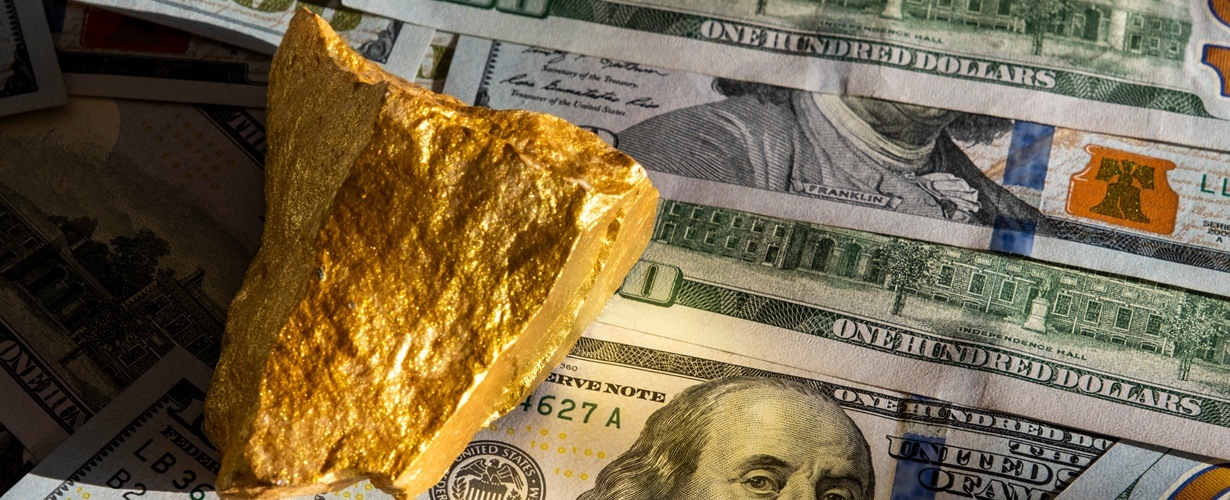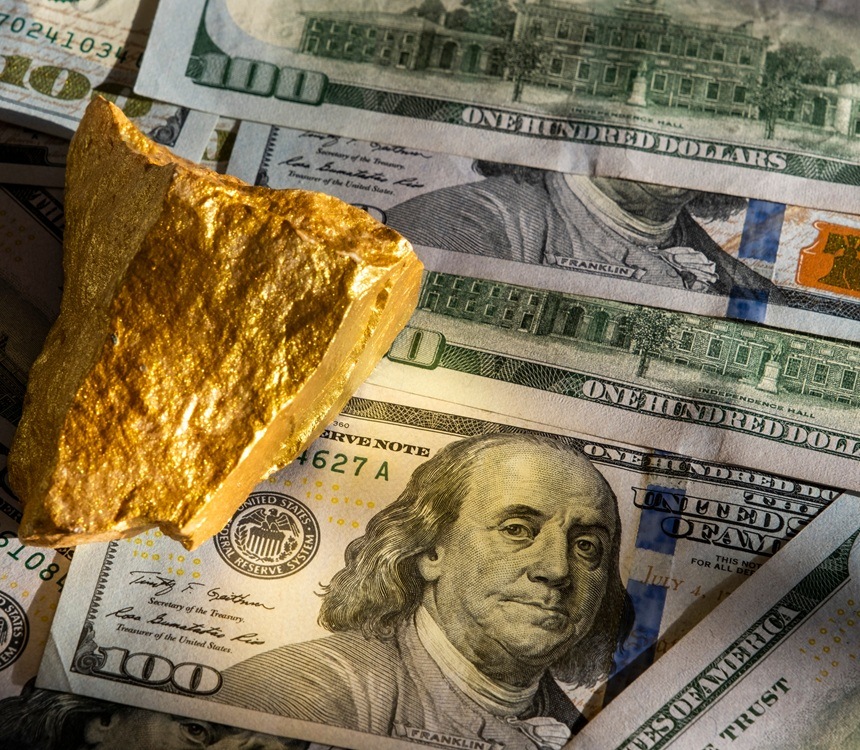The Relationship Between Gold and the US Dollar: Understanding Their Interplay in Global Markets


18 March 2025
Gold has long been a symbol of wealth and security, cherished for its intrinsic value. Meanwhile, the US dollar serves as the world's primary reserve currency. A widely observed market trend is the inverse relationship between gold prices and the US dollar—when the dollar strengthens, gold prices tend to fall, and vice versa. But what drives this connection? Let’s explore the key factors linking gold prices and the US dollar.
The Inverse Correlation Between Gold and the US Dollar
While not absolute, gold prices and the US dollar generally move in opposite directions due to several factors:1. Gold is Priced in US Dollars
International gold prices are quoted in US dollars per ounce, which directly impacts its affordability worldwide. When the US dollar strengthens, gold becomes relatively more expensive for buyers using other currencies, which may reduce global demand and lead to a price decline. Conversely, when the US dollar weakens, gold becomes more accessible, driving up demand and prices.2. The Global Influence of the US Dollar
As the dominant reserve currency, the US dollar plays a crucial role in international finance. When the dollar is strong, most people may favor US dollar-denominated assets such as US Treasury bonds, reducing the appeal of gold. However, when the dollar weakens, gold serves as a preferred store of value against potential currency depreciation.3. The Federal Reserve’s Monetary Policy
The US Federal Reserve (Fed) significantly influences both the US dollar and gold. When the Fed raises interest rates, the dollar typically strengthens as people seek higher-yielding assets, making non-yielding assets like gold less attractive. Conversely, in periods of low interest rates or economic stimulus, the dollar may weaken, enhancing gold’s appeal as an alternative asset.Exceptions to the Gold-Dollar Inverse Relationship
While the inverse relationship holds under normal market conditions, there are exceptions where gold and the US dollar can move in tandem:1. Market Uncertainty and Global Crises
During economic downturns or geopolitical tensions, both gold and the US dollar can serve as safe-haven assets. For example, during the 2008 financial crisis, people sought refuge in both the US dollar and gold, driving up their values simultaneously.2. Inflation and Real Interest Rates
Gold is widely recognized as a hedge against inflation. Even if the US dollar remains strong, gold prices may rise when real interest rates (nominal interest rates adjusted for inflation) decline or turn negative, increasing the attractiveness of holding gold.3. Global Monetary Policy Shifts
When major central banks, such as the European Central Bank or the People’s Bank of China, implement monetary easing policies, global liquidity increases. This can sustain demand for gold even if the US dollar remains strong.Historical Trends in Gold Prices and the US Dollar
The relationship between gold and the US dollar has evolved over time. Notable events include:- 1971: The End of the Gold Standard – Under the Bretton Woods system, the US dollar was backed by gold at a fixed rate. In 1971, President Nixon ended this convertibility, allowing the US dollar to float freely, leading to fluctuating gold prices.
- 1980s: Strong Dollar Era – The US Federal Reserve’s high interest rates led to a sharp appreciation of the dollar, causing gold prices to drop from US$850 per ounce in 1980 to below US$300 per ounce by 1985.
- 2008 Financial Crisis – Amid financial instability, consumer turned to both the US dollar and gold, driving up their values as safe-haven assets.
- 2020 COVID-19 Pandemic – Economic uncertainty and global stimulus measures pushed gold prices to record highs, surpassing US$2,000 per ounce.
Gold and the US Dollar: Their Role in the Global Economy
The interplay between gold and the US dollar is shaped by monetary policy, inflation, and global economic conditions. While they typically exhibit an inverse correlation, market crises or central bank interventions can alter this trend.For those following currency markets, tracking gold prices, or analyzing economic movements, understanding this relationship provides valuable insights into broader financial trends.
Disclaimer: The above information is for general reference only and explains one of the many factors influencing gold prices. It does not constitute any form of advice. Readers should conduct their own research or consult with professional advisors before making any financial decisions.